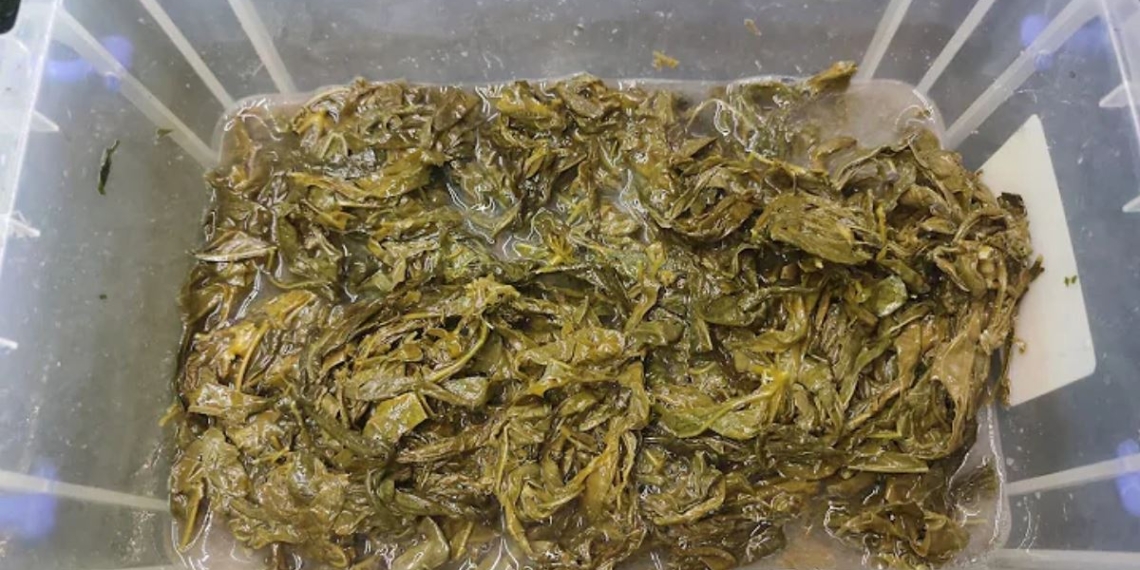-
Processing
20 minutes
-
Difficulty
Easy
Pickled cassava leaves are a rustic dish of the people of Phu Tho. This vegetable is prepared similarly to pickled mustard greens, but it has a unique flavor that is both sour and slightly bitter, making it memorable for anyone who has tried it. Let’s get cooking and make this dish right away.
Ingredients for Pickled Cassava Leaves For 4 people
Young cassava leaves A little Salt A little Sugar 1 tablespoon
Ingredient images
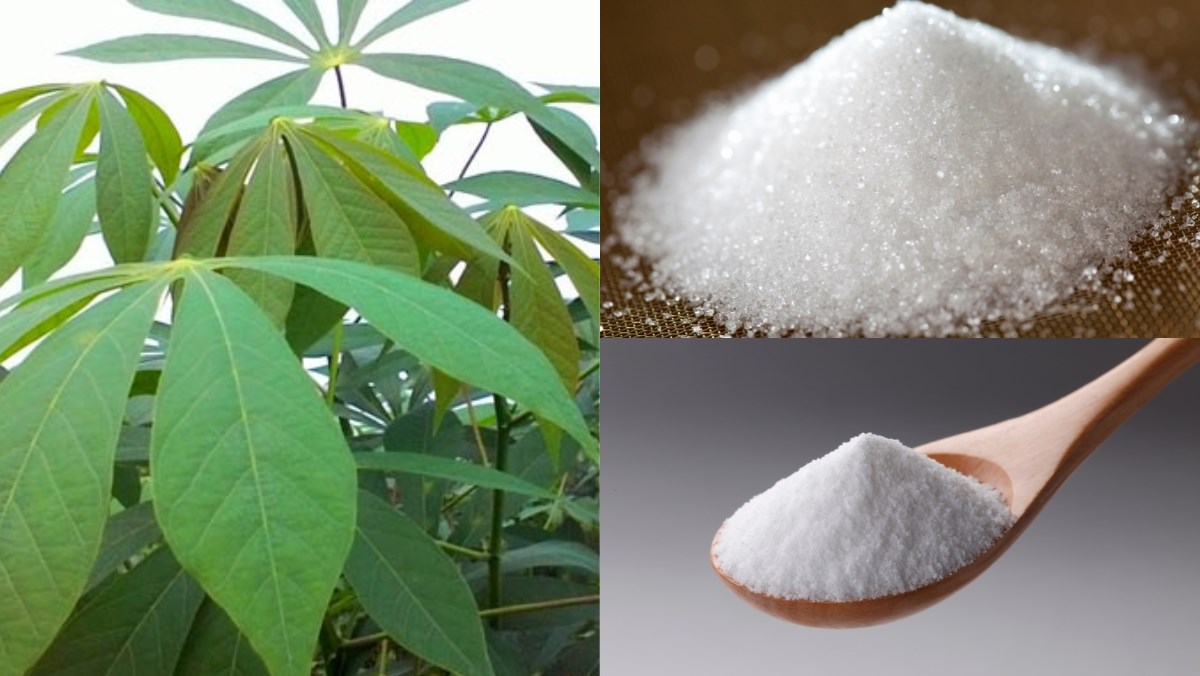
How to Process Pickled Cassava Leaves
-
Prepare the cassava leaves
For the cassava leaves, you should only pick the sweet part and 3 – 4 young leaves near the top to pickle. After harvesting, pick the leaves and soak them, then rinse with water 3 – 4 times to reduce the sap.
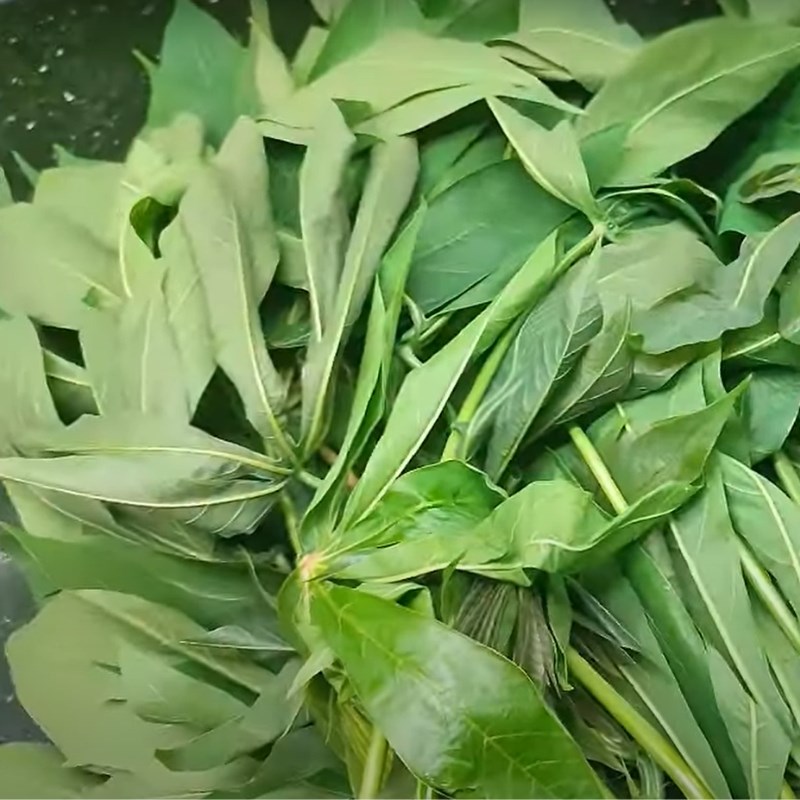
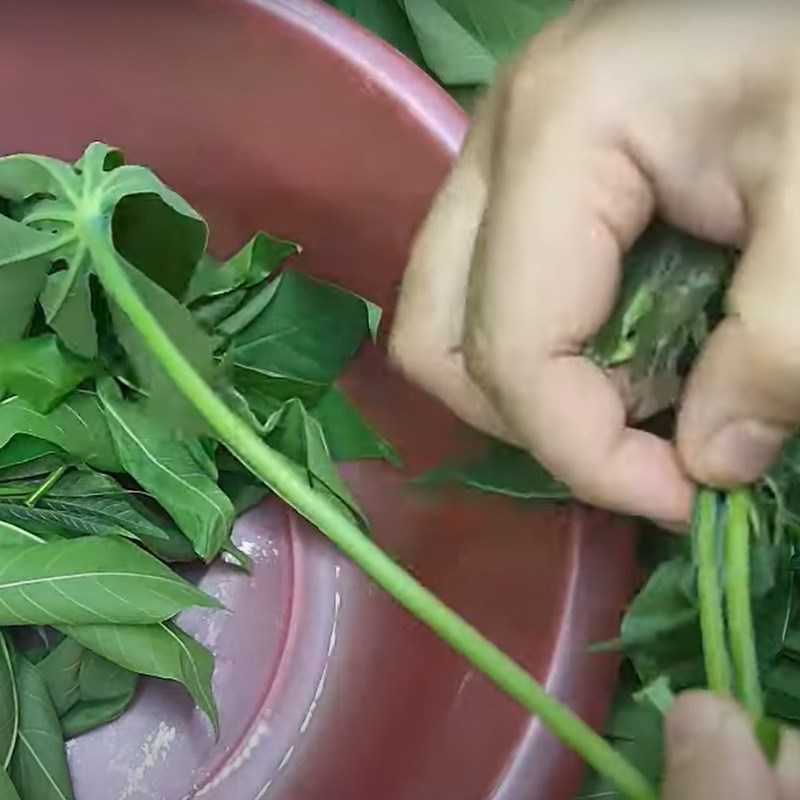
-
Cook the saltwater for the vegetables
Tip: According to traditional pickling methods, you can still pickle the vegetables with plain water and then let them ferment, and the vegetables will still sour normally. However, to ensure that the pickled cassava leaves are successful and safe, you can refer to this method of cooking the saltwater for the vegetables.Accordingly, you place a pot on the stove, add 1 liter of water and 2 tablespoons of salt, 1 tablespoon of sugar, bring to a boil until the salt and sugar are completely dissolved, then turn off the heat and let it cool.
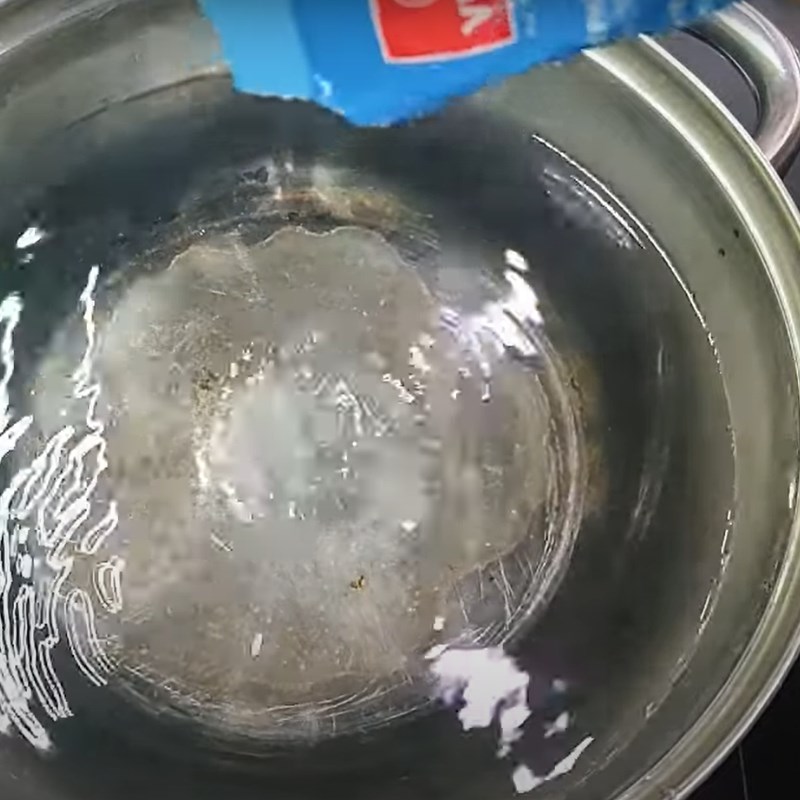
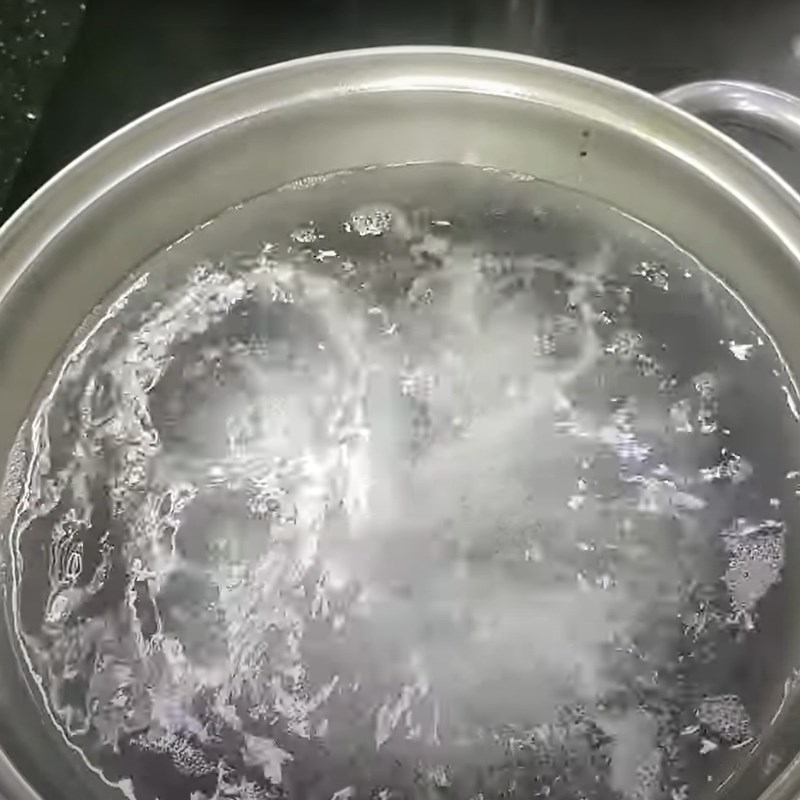
-
Fermenting cassava leaves
After washing the cassava leaves to reduce the sap, you place them in a basin or a large container, sprinkle about 1 tablespoon of salt, and then use your hands to gently crush the leaves.
Next, rinse them with water, squeeze them dry, and then add 1 tablespoon of salt for a second crush.
After crushing, place the cassava leaves into a food container or jar and pour all of the previously prepared salted water over them. Use a fork or a heavy stone to weigh them down so that the cassava leaves are completely submerged in the water.
Keep the salted leaves in a cool place, avoiding direct sunlight. After about 5 – 6 days, the cassava leaves will be sour.
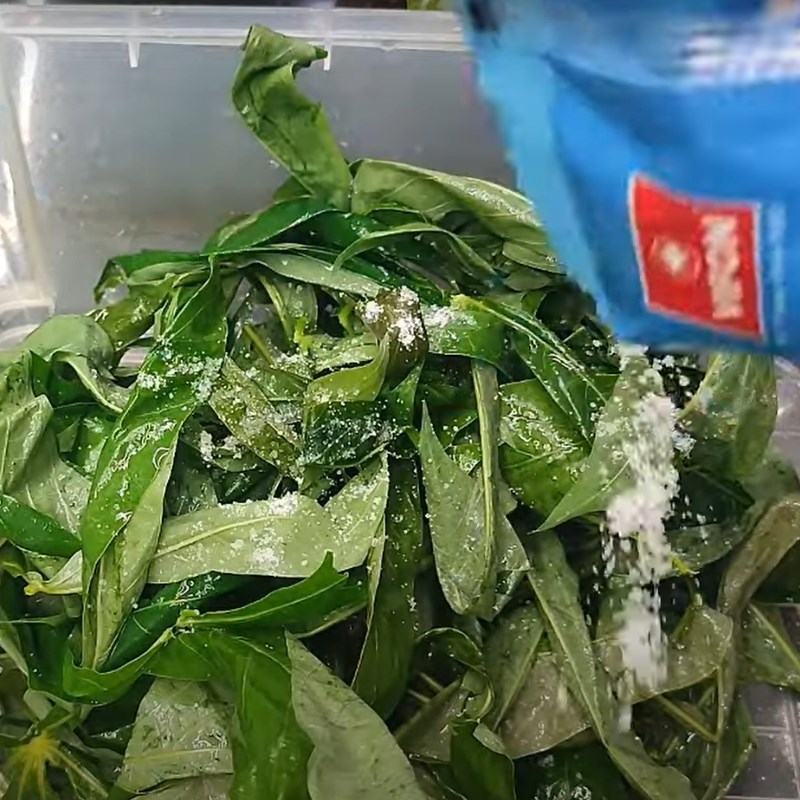
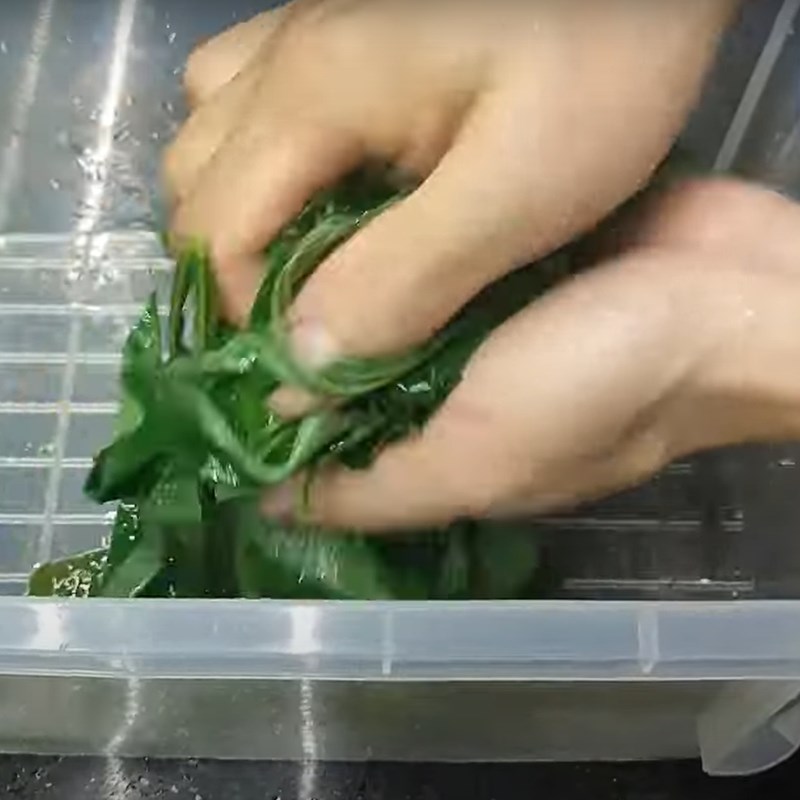
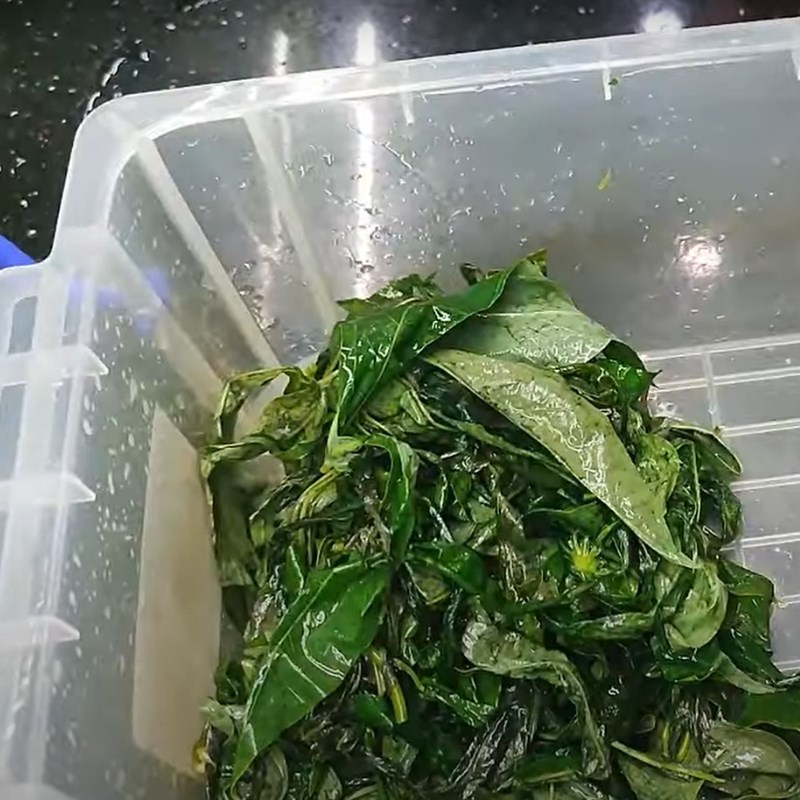
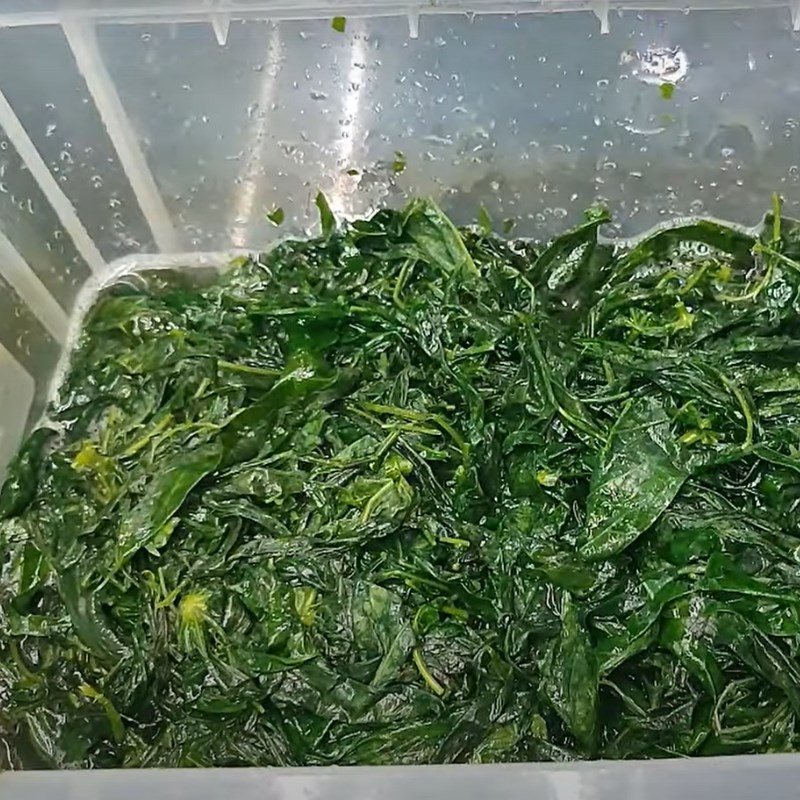
-
Final Product
Quality pickled cassava leaves will have a beautiful yellowish color, with a pleasant sour smell, and will not have white sediment or be mushy.
When eating, you just need to rinse it briefly with water. These cassava leaves can be used to cook fish soup or to braise with meat, stir-fry, and eaten like pickled vegetables.
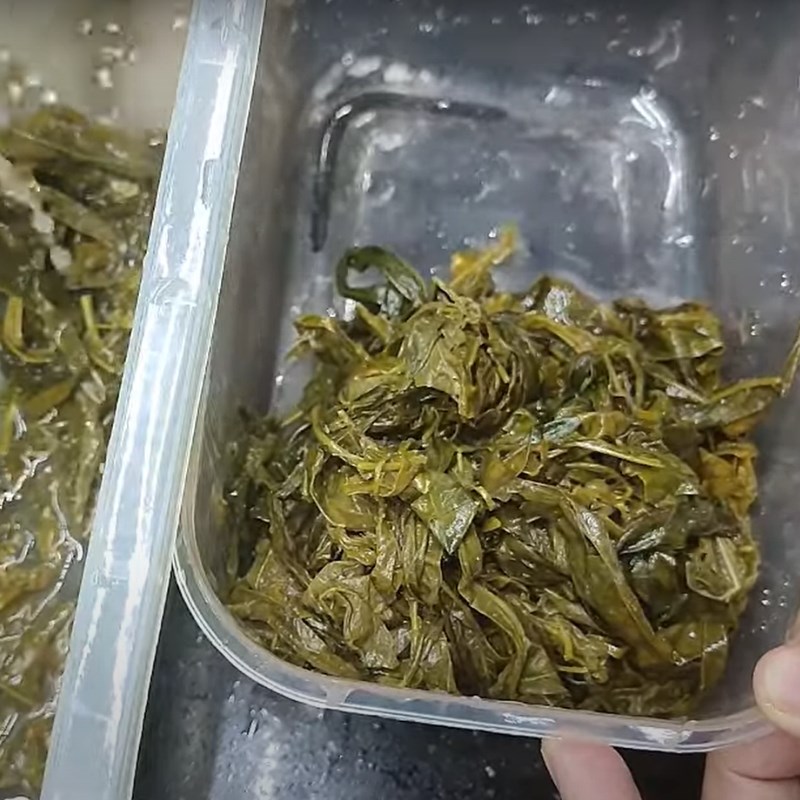
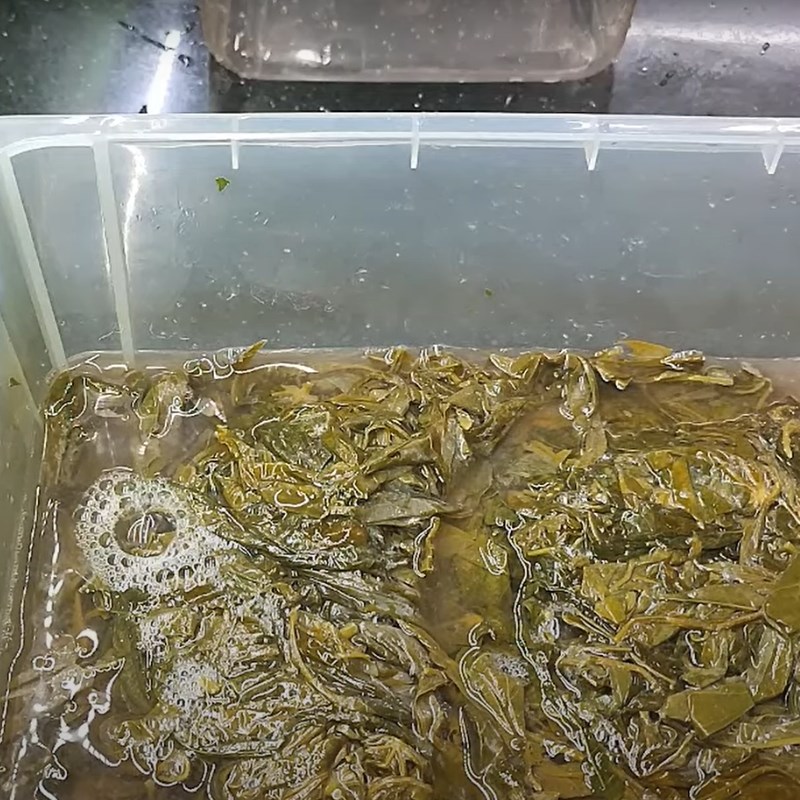
Successful taro leaf pickling tips
- You should crush the taro leaves a bit; this method helps reduce the latex from the leaves and allows them to absorb the brine and ferment better.
- When pickling, you need to use a heavy object to press the leaves down so that they are fully submerged in the brine, preventing bacterial contamination and allowing for better fermentation.
- During the pickling process, you should limit opening the container to check multiple times, as this can affect the fermentation environment of the leaves.
Tips for preserving pickled taro leaves
- Once the pickled taro leaves reach your desired sourness, place them in the refrigerator to halt fermentation and prevent them from becoming overly sour.
- If you pickle a lot of leaves and can’t consume them within 1-2 days, you can scoop the leaves out, discard the old brine, then prepare a new batch of brine, let it cool, and use it to soak the leaves again.
- This method will help you preserve the taro leaves for 1-2 months without spoiling them.
The method of making pickled taro leaves that TasteVN has guided above will surely help you successfully pickle a batch of delicious leaves. Wishing you success!
